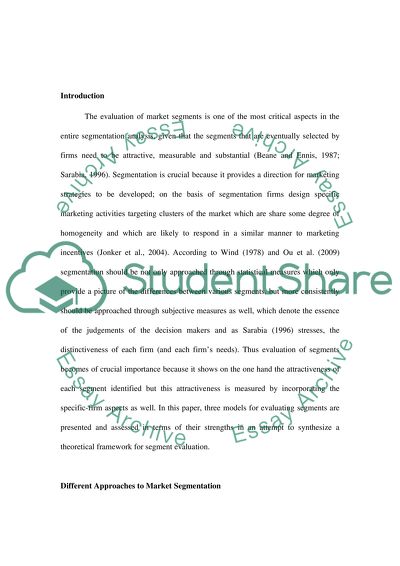Cite this document
(“A Conceptual Model for Evaluating Segments Research Paper”, n.d.)
Retrieved from https://studentshare.org/family-consumer-science/1407622-a-conceptual-model-for-evaluating-segments
Retrieved from https://studentshare.org/family-consumer-science/1407622-a-conceptual-model-for-evaluating-segments
(A Conceptual Model for Evaluating Segments Research Paper)
https://studentshare.org/family-consumer-science/1407622-a-conceptual-model-for-evaluating-segments.
https://studentshare.org/family-consumer-science/1407622-a-conceptual-model-for-evaluating-segments.
“A Conceptual Model for Evaluating Segments Research Paper”, n.d. https://studentshare.org/family-consumer-science/1407622-a-conceptual-model-for-evaluating-segments.


